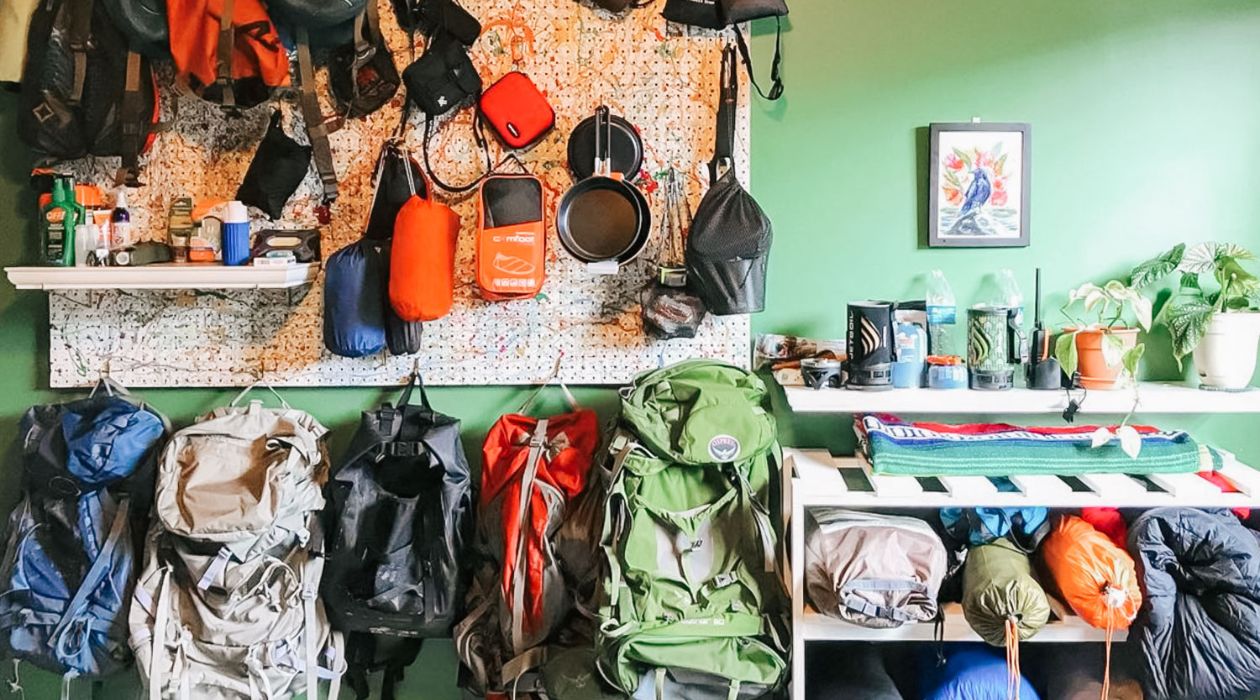

Articles
How To Store Backpacking Gear
Modified: January 9, 2024
Discover expert advice and tips on how to properly store your backpacking gear in our comprehensive articles. Preserve your gear's lifespan and keep it organized for future adventures.
(Many of the links in this article redirect to a specific reviewed product. Your purchase of these products through affiliate links helps to generate commission for Storables.com, at no extra cost. Learn more)
Introduction
Welcome to the ultimate guide on how to store backpacking gear! As a backpacker, you know that owning and maintaining your gear is essential for a successful and comfortable trip. However, when the adventure comes to an end, proper storage becomes just as crucial to ensure that your gear remains in top condition for your next outing.
Whether you’re a seasoned backpacker or a novice, learning how to store your gear correctly will not only help prolong its lifespan but also make your future trips more convenient and efficient. In this article, we will walk you through the step-by-step process of choosing the right storage space, cleaning and drying your gear, sorting and categorizing it, and properly packing and organizing.
We will also provide invaluable tips on protecting your gear from moisture, pests, and other potential risks. Additionally, we will discuss specific storage methods for different types of equipment, such as sleep systems, cooking utensils, food and toiletries, clothing, navigation devices, first aid kits, and safety gear.
To ensure that your gear is always ready for your next adventure, we will also cover routine maintenance and inspections. By following these guidelines, you can rest assured that your backpacking gear will be well-preserved and ready to accompany you on your future outdoor expeditions. Let’s dive in and discover the secrets to effective gear storage!
Key Takeaways:
- Properly storing backpacking gear is crucial for maintaining its quality and functionality. From choosing the right storage space to regular maintenance, these practices ensure gear longevity and a convenient outdoor experience.
- Organizing and categorizing gear, protecting it from moisture and pests, and conducting routine maintenance are essential for preserving backpacking equipment. These practices contribute to gear longevity and a hassle-free outdoor adventure.
Read more: How To Store Hunting Gear
Choosing the Right Storage Space
When it comes to storing your backpacking gear, choosing the right storage space is crucial to maintain its quality and longevity. Here are a few factors to consider when selecting the ideal storage area:
- Climate Control: Look for a storage space that offers climate control, especially if you live in an area with extreme temperatures or high humidity levels. Extreme temperature fluctuations and moisture can damage your gear over time. Climate-controlled storage areas help maintain a consistent temperature and humidity level, protecting your equipment from potential harm.
- Accessibility: Opt for a storage space that is easily accessible. When you’re ready to embark on your next backpacking adventure, having quick and convenient access to your gear will save you time and hassle. Consider a storage facility near your home or a garage or basement that is easily accessible.
- Space Requirements: Assess the amount of gear you have and choose a storage space that provides enough room. Consider the size and layout of the storage area to ensure that it can accommodate your backpack, sleeping bag, tent, cooking equipment, and other necessary items. Having adequate space will allow you to store your gear in an organized and efficient manner, reducing the risk of damage.
- Security: Prioritize the security of the storage space. Look for features such as surveillance cameras, secure locks, and a reputable storage facility with a good track record. It’s important to have peace of mind knowing that your valuable backpacking gear is safe from theft or damage.
Once you have chosen the appropriate storage space, it’s important to prepare it before storing your backpacking gear. Clean the area thoroughly to remove any dirt, dust, or debris that may accumulate and potentially damage your equipment. Additionally, consider using shelves or plastic bins to keep your gear organized and easily accessible.
By taking the time to select the right storage space and properly preparing it, you can ensure that your backpacking gear will remain in excellent condition, ready for your next outdoor adventure.
Cleaning and Drying Gear
Before storing your backpacking gear, it is crucial to clean and dry it thoroughly to prevent the growth of mold, mildew, and bacteria. Here are some steps to follow:
- Tents and Sleeping Bags: Set up your tent or open your sleeping bag and shake off any loose dirt or debris. Use a gentle brush or sponge and mild soap to clean the surfaces. Avoid using harsh chemicals as they may damage the fabric. Rinse thoroughly and allow them to air dry completely, preferably in a well-ventilated area. Ensure that the tent or sleeping bag is completely dry before storing to prevent the growth of mold and mildew.
- Cooking Utensils: Clean your camping cookware, stove, and utensils thoroughly with warm water and soap. Pay attention to any food residue or grease build-up. Rinse them well and allow them to air dry completely. Make sure there is no moisture left on the equipment before packing them for storage.
- Water Bottles and Hydration Bladders: Wash water bottles and hydration bladders with warm soapy water. Use a bottle brush or a small brush to remove any residue or mold inside. Rinse them thoroughly and leave them open to dry completely.
- Clothing and Footwear: Launder any clothing items, including base layers, socks, and hiking boots, according to the manufacturer’s instructions. Remove any stains or dirt and ensure they are completely dry before storing them. Clean your hiking boots and allow them to dry thoroughly to prevent the growth of mold or mildew.
- Backpack: Empty out your backpack and shake off any loose dirt or debris. Spot clean any stains or dirt on the surface using a gentle soap and water solution. Rinse and allow the backpack to air dry completely, ensuring no moisture is present before storing.
By thoroughly cleaning and drying your backpacking gear, you eliminate any potential dirt, bacteria, or moisture that could cause damage or unpleasant odors during storage. Taking the time to properly clean and dry your gear will ensure that it remains in excellent condition until your next outdoor adventure.
Sorting and Categorizing
Sorting and categorizing your backpacking gear is essential for efficient storage and easy access when you’re ready for your next adventure. Here are some steps to help you organize your gear:
- Group Similar Items: Start by grouping similar items together. For example, keep all cooking utensils in one group, sleeping gear in another, and so on. This will make it easier to locate and retrieve specific items when needed.
- Separate Clean and Dirty Gear: Differentiate between clean and dirty gear. If you’re returning from a camping trip and some items need cleaning, separate them from the clean gear. This will help you prioritize the cleaning process and prevent any residual dirt or odors from spreading to other items.
- Create Sub-Categories: Within each group, create sub-categories based on the frequency of use or specific needs. For example, within the cooking utensils group, you can further categorize items like pots and pans, cooking utensils, and cleaning supplies. This will make it easier to find what you need when preparing meals.
- Label Storage Containers: Use labels or clear plastic bins to store and organize your gear. Clearly label each container with its contents or use transparent bins to easily identify the items inside. This will save you time and effort when searching for specific gear.
- Pack Similar Size Items Together: Pack similar-sized items together to optimize space utilization. This will help you maximize your storage area and create a more organized and visually appealing storage space.
- Create an Inventory List: Keep an inventory list of all your backpacking gear. Note down the items you have, their condition, and any additional details you find important. This will serve as a reference for future trips and help you keep track of any missing or damaged items.
By sorting and categorizing your backpacking gear, you create a well-organized storage system that makes it easy to locate items, reduces the risk of damage, and saves you time when packing for your next adventure. Take the time to implement these steps, and you’ll have a smoothly running storage system for your backpacking gear.
Properly Packing and Organizing
Properly packing and organizing your backpacking gear is crucial for efficient storage and easy access when you’re ready to hit the trails again. Here are some essential tips to help you pack and organize your gear effectively:
- Use Compression Bags: Invest in compression bags to reduce the size and volume of your clothing items and sleeping bags. These bags allow you to compress the air out of your gear, making them more compact and saving valuable space in your storage area.
- Utilize Cubes or Pouches: Take advantage of packing cubes or pouches to keep smaller items organized and prevent them from getting lost or tangled. Use them to store items such as toiletries, cooking utensils, compasses, or any other small gear you want to keep in one place.
- Consider Modular Storage: Look into modular storage solutions for your backpacking gear. These systems allow you to store multiple items in separate compartments or units, making it easier to locate and access specific gear as needed.
- Strategically Arrange Heavy Items: When storing your gear, place heavier items at the bottom of your storage area or containers. This will help distribute the weight more evenly and prevent any potential damage to lighter or more fragile items.
- Keep Frequently Used Items Accessible: Store items you may need more frequently, such as cooking utensils, near the front or on the top of your storage area for easy access without having to dig through everything.
- Use Hanging Storage: Consider using hanging storage solutions for items such as backpacks, tarps, or sleeping bags. Hanging gear can help keep them in good shape while saving floor space and allowing for better airflow to prevent moisture buildup.
- Separate Clean and Dirty Gear: If you’re storing both clean and dirty gear, use separate storage containers or bags to keep them separate. This will prevent any dirt, odors, or moisture from contaminating the clean items.
By following these packing and organizing tips, you will have a well-structured storage system for your backpacking gear. Not only will this save you time and effort when getting ready for your next trip, but it will also help maintain the quality and longevity of your gear.
Read more: How To Store Climbing Gear
Protecting from Moisture and Pests
Protecting your backpacking gear from moisture and pests is essential to ensure its longevity and functionality. Here are some effective strategies to safeguard your gear:
- Use Waterproof Containers: Opt for waterproof storage containers or bags to protect your gear from water damage. These containers create a barrier against moisture and keep your gear dry in case of any leaks or moisture infiltration in your storage area.
- Desiccants and Moisture Absorbers: Place desiccant packets or moisture-absorbing products in your storage containers to prevent excessive moisture buildup. This helps protect your gear from mold, mildew, and the musty odors they can cause.
- Keep Gear Elevated: Store your gear on raised shelves or pallets instead of directly on the floor. This prevents moisture from being absorbed from the ground and minimizes the risk of pest infestations.
- Seal Openings: Seal any openings or cracks in your storage area to prevent pests from entering. Use caulk or weatherstripping to seal gaps around windows, doors, and vents that may provide entry points for insects or rodents.
- Use Pest Deterrents: Employ natural pest deterrents such as cedar balls or lavender sachets to keep pests away from your gear. These aromatic items emit scents that repel insects, helping to protect your gear from potential damage.
- Regularly Inspect and Clean: Regularly inspect your gear for any signs of pests or moisture damage. If you notice any infestations or signs of mold or mildew, take immediate action to address the issue and clean affected items promptly.
- Store Gear in a Climate-Controlled Environment: If possible, store your backpacking gear in a temperature and humidity-controlled environment. This helps maintain optimal conditions and reduces the risk of moisture-related issues and pest infestations.
By implementing these protective measures, you can safeguard your backpacking gear from both moisture damage and unwanted pests. This ensures that your gear remains in excellent condition and ready for your next outdoor adventure.
Storing Sleep System
Properly storing your sleep system is essential to maintain its quality and ensure a comfortable night’s rest on your future backpacking trips. Here are some tips for storing your sleep system:
- Clean and Dry: Before storing your sleeping bag, air it out and spot-clean any stains or dirt. If necessary, follow the manufacturer’s instructions for washing and drying your sleeping bag. Make sure it is completely dry before storing, as moisture can lead to mold or mildew growth.
- Loosen Compression Straps: If your sleeping bag has compression straps, loosen them to allow the insulation to fully loft. This helps maintain the loft and overall performance of the sleeping bag.
- Store Uncompressed: Avoid storing your sleeping bag compressed for long periods. This can damage the insulation and reduce its ability to provide warmth. Instead, store it loosely in a storage sack or hanging bag to maintain optimal loft.
- Use a Storage Sack: Invest in a breathable storage sack specifically designed for sleeping bags. These sacks allow air circulation while protecting your sleeping bag from dirt and dust. Avoid storing it in a plastic bag, as this can trap moisture and cause damage.
- Keep it Away from Sharp Objects: Store your sleeping bag away from sharp objects that could puncture the fabric or insulation. This includes camping knives, crampons, or any other gear that could potentially damage your sleep system.
- Consider Hang Storage: If space allows, consider hanging your sleeping bag in a closet or storage area. This can help maintain its loft and prevent compression, ensuring its insulation retains its effectiveness.
- Inspect and Air Out Regularly: Periodically inspect your sleeping bag for any signs of damage, such as rips or tears. Air it out in a well-ventilated area to eliminate any odors and allow moisture to evaporate.
- Store Sleeping Pad Properly: If you use a sleeping pad, clean it according to the manufacturer’s instructions and store it rolled up or folded neatly. Avoid any sharp bends or creases that could cause damage or affect its performance.
By following these guidelines, you can ensure that your sleep system remains clean, dry, and well-maintained during storage. This will help preserve its insulation, comfort, and overall performance, ensuring a restful night’s sleep on your next backpacking adventure.
Store your backpacking gear in a cool, dry place to prevent mold and mildew. Keep items off the ground to avoid moisture and pests. Use breathable storage containers to maintain air circulation.
Storing Cooking Equipment
Properly storing your backpacking cooking equipment is crucial to ensure it remains in good condition and ready for your next outdoor cooking adventure. Here are some tips to help you store your cooking equipment effectively:
- Clean Thoroughly: Before storing your cooking equipment, wash and dry it thoroughly. Remove any food residue or grease that may attract pests or cause odors. Ensure that all pieces are completely dry to prevent moisture-related issues.
- Pack Compactly: Utilize nesting pots, pans, and utensils to save space and create a more organized storage system. Place smaller items inside larger ones to maximize space efficiency and prevent items from shifting during storage.
- Protect Non-Stick Surfaces: If you have non-stick cooking surfaces, protect them during storage by placing a soft cloth or piece of paper towel between each item. This will prevent the non-stick coating from getting scratched or damaged.
- Organize and Label: Store your cooking equipment in a well-organized manner to easily locate specific items when needed. Consider using stackable storage containers or labeled bags to keep everything neat and accessible.
- Keep Fuel Separate: Store fuel canisters separately from your cooking equipment to prevent any leaks or potential fire hazards. Choose a well-ventilated area away from heat sources and keep fuel containers upright and out of direct sunlight.
- Secure Propane Tanks: If you use a propane stove, ensure that the tanks are securely closed and stored in an upright position. Check for any signs of leaks before storage and replace any damaged or expired tanks accordingly.
- Check and Replace Equipment: Regularly inspect your cooking equipment for any signs of wear, damage, or malfunction. Replace any worn-out or damaged items to ensure safe and effective cooking on your future trips.
- Store Utensils Separately: Keep your cooking utensils separate from other equipment to prevent them from getting tangled or damaged. Consider using a designated bag or container to store utensils, making them easily accessible when needed.
By following these guidelines, you can ensure that your backpacking cooking equipment remains in good condition, ready for delicious outdoor meals on your next adventure. Proper storage and maintenance of your cooking gear will enhance your camping experience and ensure safe and enjoyable cooking in the great outdoors.
Storing Food and Toiletries
Properly storing your food and toiletries when backpacking is essential for maintaining freshness, preventing spoilage, and minimizing the risk of attracting pests. Here are some tips to ensure that your food and toiletries are stored safely:
- Use Airtight Containers: Transfer your food items, such as snacks, grains, or dried fruits, into airtight containers before storing them. This helps keep them fresh and prevents moisture and pests from entering.
- Label and Date: Clearly label each container with the contents and the date it was packaged or purchased. This helps you keep track of expiration dates and ensures that you consume food items before they go bad.
- Organize by Category: Keep similar food items together and organize them by category. For example, group snacks, breakfast foods, dinner ingredients, and condiments separately to make it easier to locate specific items when needed.
- Store Away from Heat: Keep your food containers in a cool and dry place, away from direct sunlight or sources of heat. Exposure to heat can lead to spoilage or the melting of certain food items.
- Separate Toiletries: Keep your toiletries, such as toothpaste, soap, and sunscreen, separate from your food items. Place them in a separate toiletry bag or container to prevent any cross-contamination or accidental consumption.
- Consider Hanging Toiletry Bag: If you have limited space, consider using a hanging toiletry bag to store your toiletries. This not only helps save space but also keeps your toiletries organized and easily accessible.
- Use Leak-Proof Containers: Store liquids, such as shampoo, conditioner, or cooking oil, in leak-proof containers. This prevents any spills that can lead to a mess or potentially attract pests.
- Dispose of Waste Properly: Pack out any food waste and toiletry waste properly. Use sealable bags or containers to store waste until you can properly dispose of it in designated bins or waste facilities.
By following these storage guidelines, you can ensure that your food remains fresh and enjoyable and your toiletries are stored safely and hygienically. Effective storage practices for food and toiletries contribute to a more organized and enjoyable backpacking experience.
Read more: How To Store Camping Gear
Storing Clothing and Footwear
Properly storing your clothing and footwear when backpacking is essential for maintaining their quality, preventing odors, and ensuring they’re ready for your next adventure. Here are some tips to help you store your clothing and footwear effectively:
- Clean and Dry: Before storing your clothing and footwear, make sure they are clean and dry. Launder any clothing items according to the manufacturer’s instructions and allow them to fully air dry. Clean your footwear, removing any dirt or debris, and ensure they are dry to prevent mold or mildew.
- Organize by Category: Sort and organize your clothing by category, such as tops, bottoms, outerwear, and undergarments. This makes it easier to locate specific items when needed and keeps your storage area more organized.
- Fold or Roll Clothing: Fold or roll your clothing items to save space and prevent wrinkles. This is especially useful for travel, as it maximizes space utilization in your backpack and makes it easier to find and access items.
- Use Storage Bags or Bins: Consider using storage bags or bins to store your clothing items. These can help protect them from dust, pests, and moisture. Use clear bins or label bags for easy identification of specific items.
- Avoid Plastic Bags: While it may be tempting to use plastic bags for storing clothing, they can trap moisture and lead to the growth of mold and mildew. Instead, opt for breathable fabric or mesh bags that allow for ventilation.
- Store Footwear Separately: Keep your footwear separate from your clothing to prevent any odor transfer. Use shoe bags or individual storage containers to protect your shoes and keep them organized.
- Rotate Footwear: If you have multiple pairs of shoes or boots, consider rotating them during storage. This allows each pair to fully dry out and helps prevent odors and the growth of bacteria or fungi.
- Inspect for Damage: Before storing your clothing and footwear, inspect them for any signs of damage or wear. Address any repairs or replacements needed to ensure that your gear is ready for your next adventure.
By following these storage tips, you can ensure that your clothing and footwear remain in good condition and are readily available for your next backpacking trip. Proper storage practices help extend the lifespan of your gear and contribute to a more organized and pleasant outdoor experience.
Storing Navigation and Communication Devices
Properly storing your navigation and communication devices when backpacking is essential for protecting them from damage and ensuring they are ready for your next adventure. Here are some tips for storing your navigation and communication devices:
- Clean and Remove Batteries: Before storing your devices, clean them to remove any dirt or debris. Remove the batteries from your GPS units, compasses, or walkie-talkies to prevent leakage and potential damage.
- Protect from Moisture: Store your navigation and communication devices in waterproof or water-resistant cases or bags to protect them from moisture. This is especially important if you’re storing them in a damp environment or during rainy seasons.
- Keep in Cool and Dry Environment: Store your devices in a cool, dry place away from direct sunlight or extreme temperatures. Avoid storing them in hot car trunks or exposed to harsh weather conditions that could damage sensitive electronic components.
- Use Protective Cases: For extra protection, consider using protective cases designed specifically for your devices. These cases provide cushioning and added shock protection, preventing accidental drops or impacts from causing damage.
- Store Cables and Accessories: Keep all cables, chargers, and accessories organized and stored in one place. Consider using cable organizers or small storage bags to keep them from tangling or getting lost.
- Label and Organize: Use labels or tags to clearly mark which device each charger or cable is for. This will save you time and effort when you need to locate the appropriate accessories for your specific devices.
- Regularly Inspect and Test: Periodically inspect your devices for any signs of damage, including cracked screens or malfunctioning buttons. Test the functionality of your devices to ensure they are in proper working condition before your next trip.
- Update Software and Maps: Before storing your devices, check for any available software or map updates. Keeping your navigation devices up to date ensures accurate information and optimal performance on your future backpacking journeys.
By following these storage guidelines, you can ensure that your navigation and communication devices remain in good working order, ready to assist you during your next outdoor adventure. Proper storage practices help protect your valuable gear and enhance your overall backpacking experience.
Storing First Aid Kit and Safety Gear
Properly storing your first aid kit and safety gear when backpacking is crucial to ensure their effectiveness in case of emergencies. Here are some tips for storing your first aid kit and safety gear:
- Keep First Aid Kit in a Waterproof Container: Store your first aid kit in a waterproof container or bag to protect it from moisture. This will help preserve the integrity of the contents and prevent damage to items like bandages, medicines, or sterile instruments.
- Organize and Label: Keep your first aid supplies organized and easily accessible. Use labeled compartments or transparent pouches to store different items and clearly mark essential supplies for quick identification during emergencies.
- Check Expiration Dates: Regularly check the expiration dates on all items in your first aid kit, including medications, ointments, or sterile supplies. Dispose of any expired or damaged items and replenish them with fresh supplies.
- Store Safety Gear Together: Keep all your safety gear, such as a headlamp, whistle, compass, or emergency blanket, in a designated bag or pouch. This ensures that your essential safety items are stored together and easily accessible when needed.
- Keep Safety Gear in a Visible Location: Store your safety gear in a visible location, separate from the rest of your gear, to help you quickly locate it during emergencies or unexpected situations. This eliminates the need to search through your entire backpack.
- Inspect and Test Safety Gear: Regularly inspect your safety gear, such as your headlamp or whistle, for any signs of damage or malfunction. Test their functionality to ensure they are in proper working condition before each trip.
- Store Fire-Starting Tools Separately: If you carry fire-starting tools like matches or lighters, store them in a separate waterproof container to prevent accidental ignition and ensure they stay dry and ready for use.
- Protect Sensitive Equipment: If you have any sensitive equipment like a compass or GPS, store them away from strong magnetic fields or electronics that can interfere with their accuracy. Keeping them in a designated case or pouch can help protect them.
By adhering to these storage tips, you can ensure that your first aid kit and safety gear are well-organized, readily accessible, and ready to assist you during any unexpected situations that may arise while backpacking. Proper storage practices contribute to a safe and secure outdoor experience.
Maintenance and Inspections
Maintaining and regularly inspecting your backpacking gear is essential for ensuring its performance, durability, and safety during your outdoor adventures. Here are some maintenance and inspection tips to keep your gear in top condition:
- Clean Gear after Every Trip: After each backpacking trip, take the time to clean your gear thoroughly. Remove any dirt, debris, or stains from your equipment. This will prevent the accumulation of grime and help maintain the quality of your gear.
- Check for Damage: Inspect your gear for any signs of damage, such as tears, rips, loose seams, or broken zippers. Pay close attention to areas that are prone to wear and tear, such as the backpack straps, tent poles, or sleeping bag seams.
- Repair or Replace Damaged Gear: Address any damage as soon as possible. Repair gear if you have the skills, or seek professional repairs when needed. If the damage is beyond repair or compromises the safety or functionality of the gear, consider replacing it with new equipment.
- Test Functionality: Test essential features of your gear, such as stove ignition, flashlight brightness, or inflatable sleeping pad inflation and deflation, to ensure they are in proper working condition before each trip.
- Inspect Backpack Suspension System: Regularly check the integrity of your backpack’s suspension system, including shoulder straps, hip belt, and back panel. Ensure that all buckles, straps, and attachment points are secure and in good condition.
- Check Tent and Rainfly: Inspect your tent for any signs of wear or damage, including holes, tears, or insect infestations. Don’t forget to inspect the rainfly as well, as it provides essential protection during inclement weather.
- Inspect Sleeping Pad and Mattress Inflation: Check your sleeping pad and mattress for leaks or any loss of inflation. Inflate them fully and monitor for any significant air loss. Patch any leaks promptly or consider replacing damaged pads for optimal comfort and insulation.
- Test Water Filtration System: If you use a water filtration or purification system, test it to ensure it is functioning properly. Check the condition of the filter and replace it as recommended by the manufacturer to ensure safe drinking water.
- Check Navigation Tools: Inspect your compass, GPS, or maps for any signs of damage or outdated information. Make sure your navigation tools are accurate and up to date for successful navigation during your backpacking trips.
By incorporating regular maintenance and inspections into your routine, you can extend the lifespan of your gear, ensure their reliability, and significantly reduce the risk of encountering issues or failures during your backpacking adventures. Taking care of your gear ultimately enhances your overall outdoor experience.
Read more: How To Store Backpacks
Conclusion
Properly storing your backpacking gear is essential for maintaining its quality, durability, and functionality. By implementing the tips and guidelines outlined in this comprehensive guide, you can ensure that your gear remains in excellent condition and ready for your next outdoor adventure.
From choosing the right storage space to cleaning and drying your gear, sorting and categorizing, and packing and organizing, each step plays a vital role in preserving your equipment. Protecting your gear from moisture and pests, storing sleep systems, cooking equipment, food, toiletries, clothing, footwear, navigation and communication devices, first aid kits, and safety gear involves specific considerations and precautions.
Regular maintenance and inspections are also crucial to identify any damage, address repairs or replacements, and ensure the proper functionality of your gear. By taking the time to clean, check, and test your equipment, you can catch any issues early on and prevent problems from arising during your backpacking trips.
Remember, a well-maintained and properly stored backpacking gear not only prolongs its lifespan but also contributes to a more convenient, safe, and enjoyable outdoor experience. By following these guidelines and incorporating these practices into your routine, you can have the peace of mind that your gear is always ready, allowing you to embark on your next backpacking adventure with confidence.
So, take the time to store your gear properly, maintain it regularly, and you’ll be rewarded with gear that serves you well for many incredible journeys to come.
Frequently Asked Questions about How To Store Backpacking Gear
Was this page helpful?
At Storables.com, we guarantee accurate and reliable information. Our content, validated by Expert Board Contributors, is crafted following stringent Editorial Policies. We're committed to providing you with well-researched, expert-backed insights for all your informational needs.
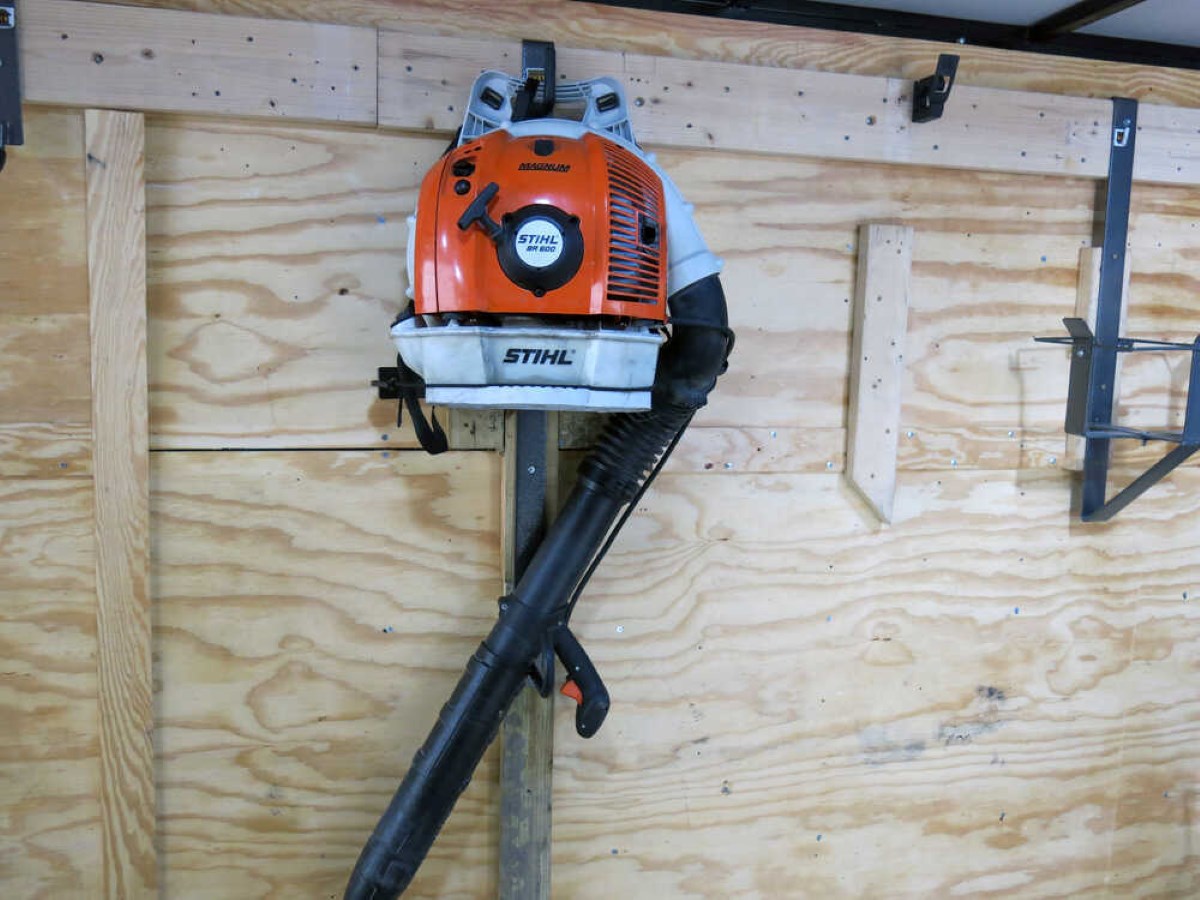
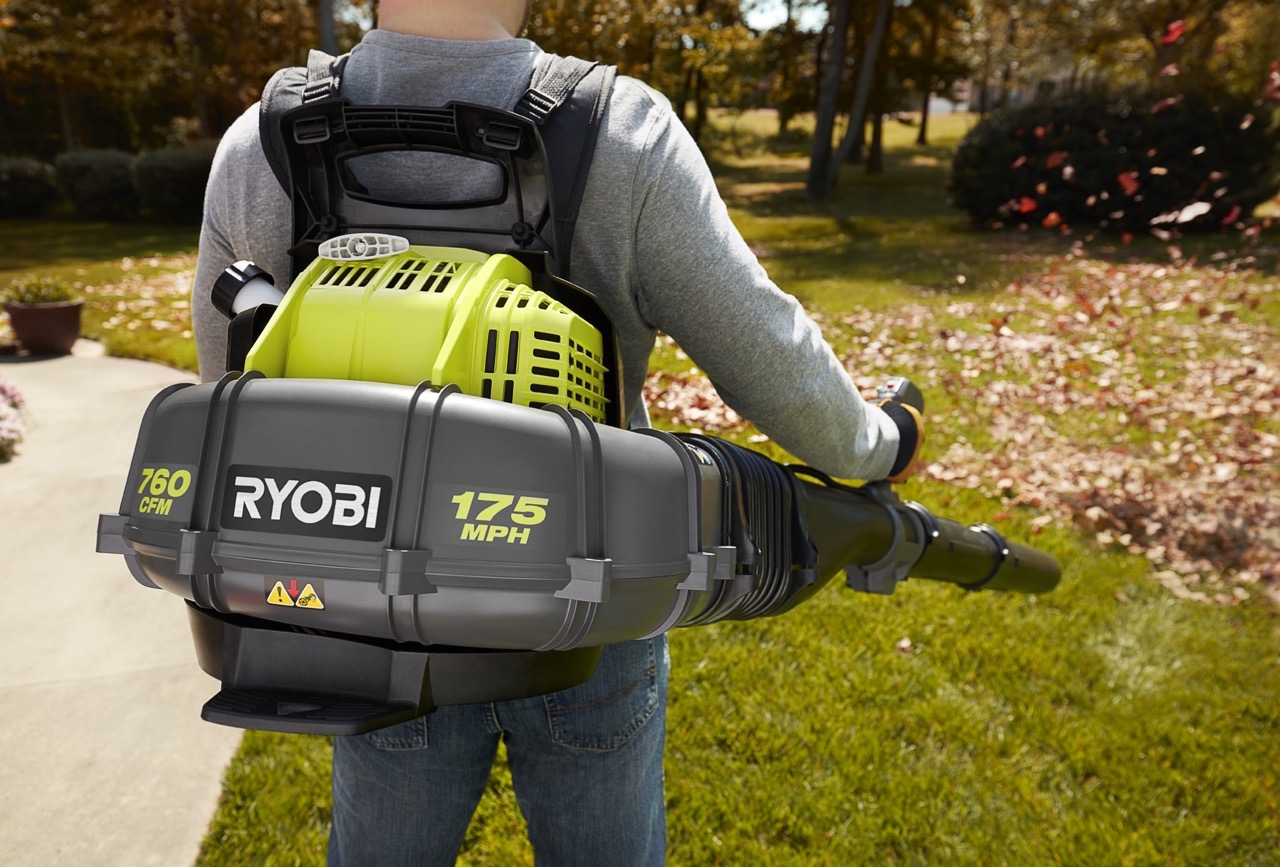
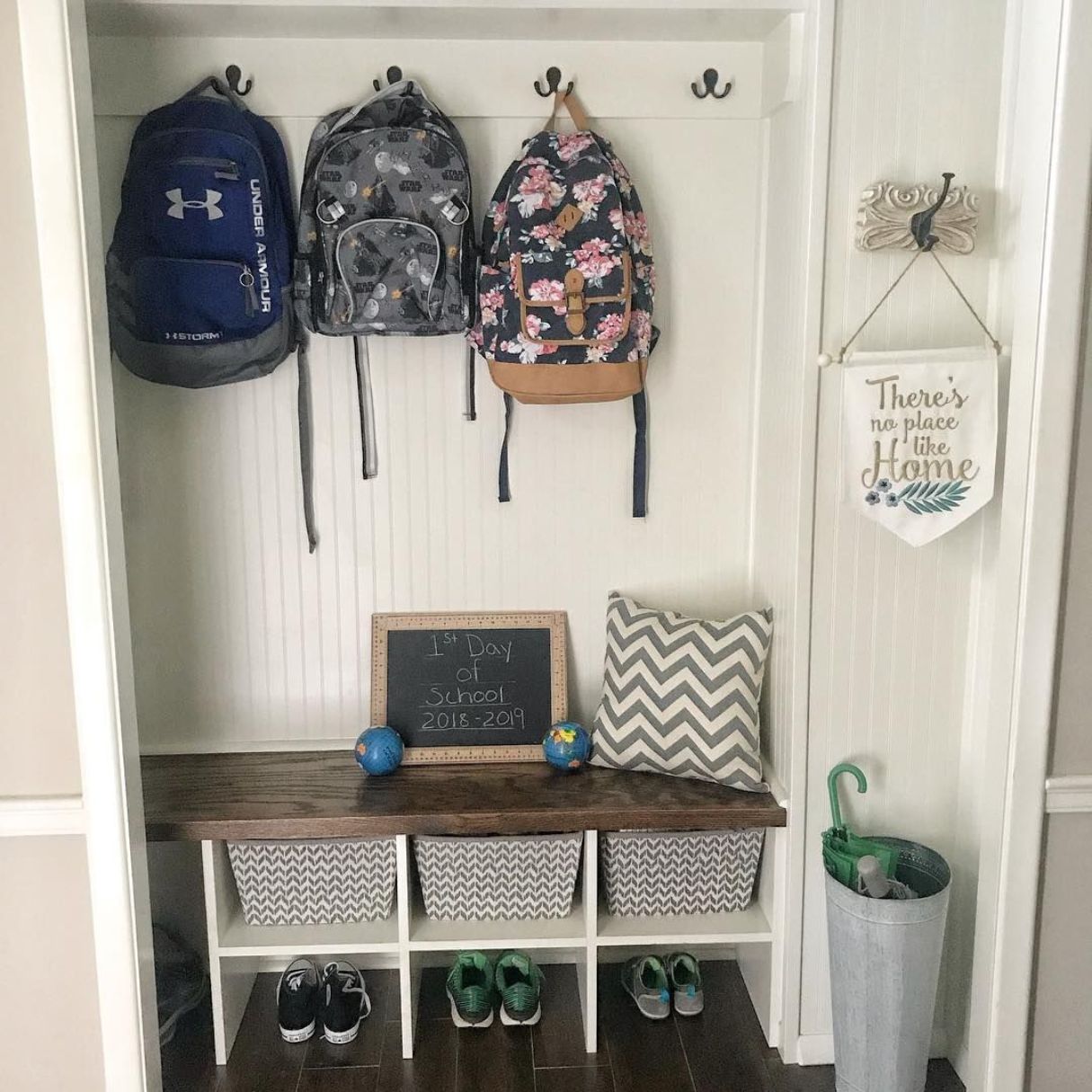
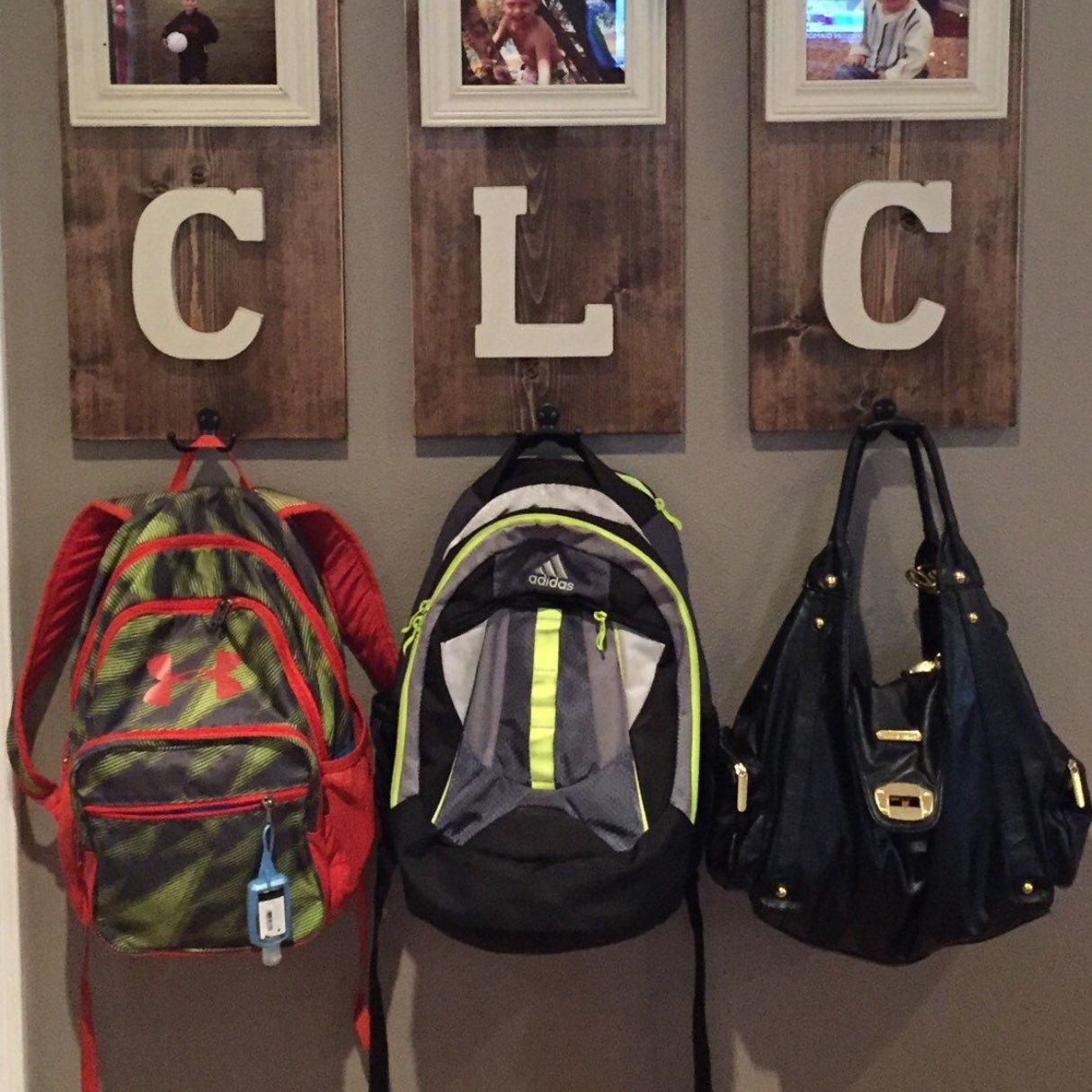
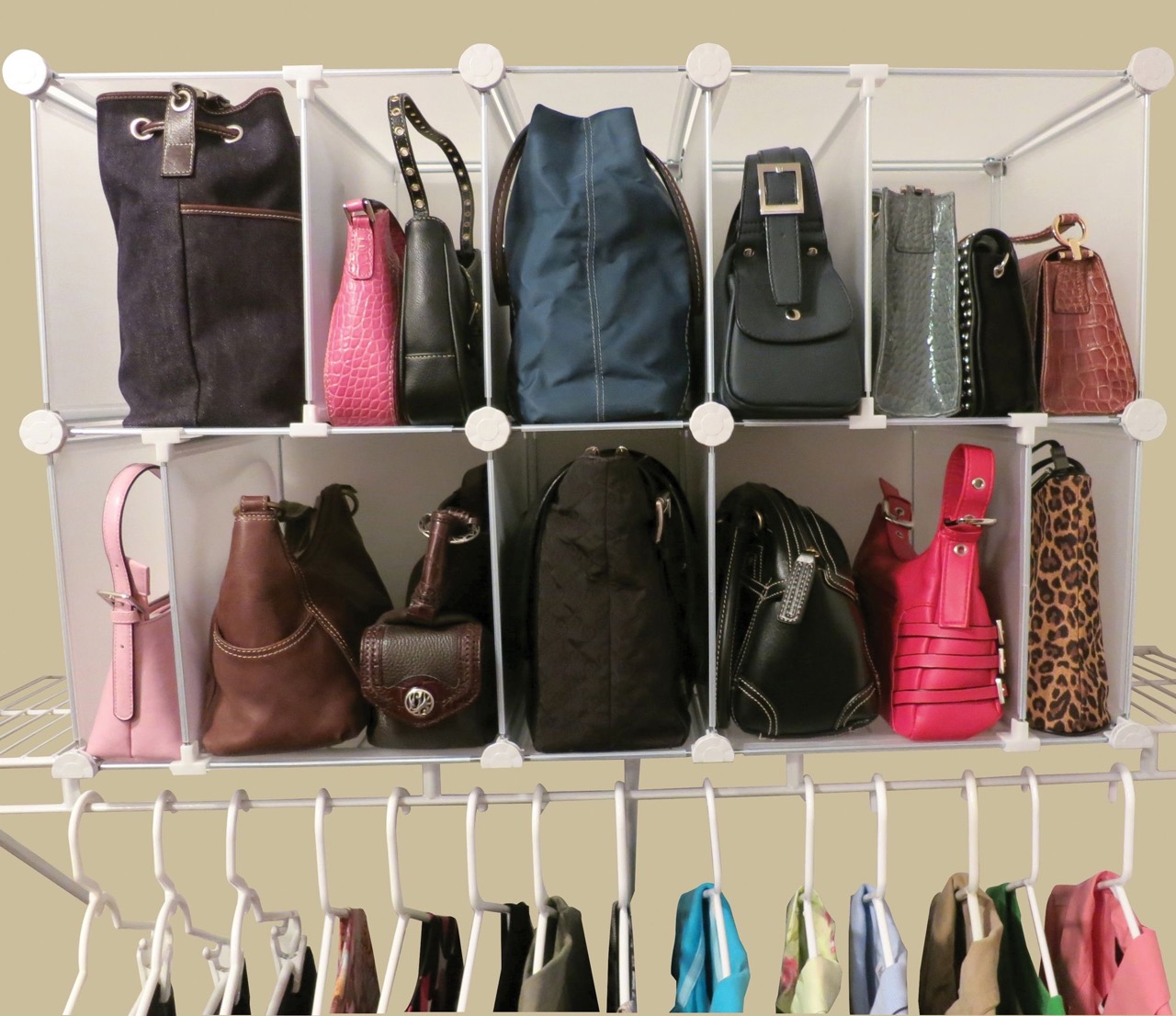
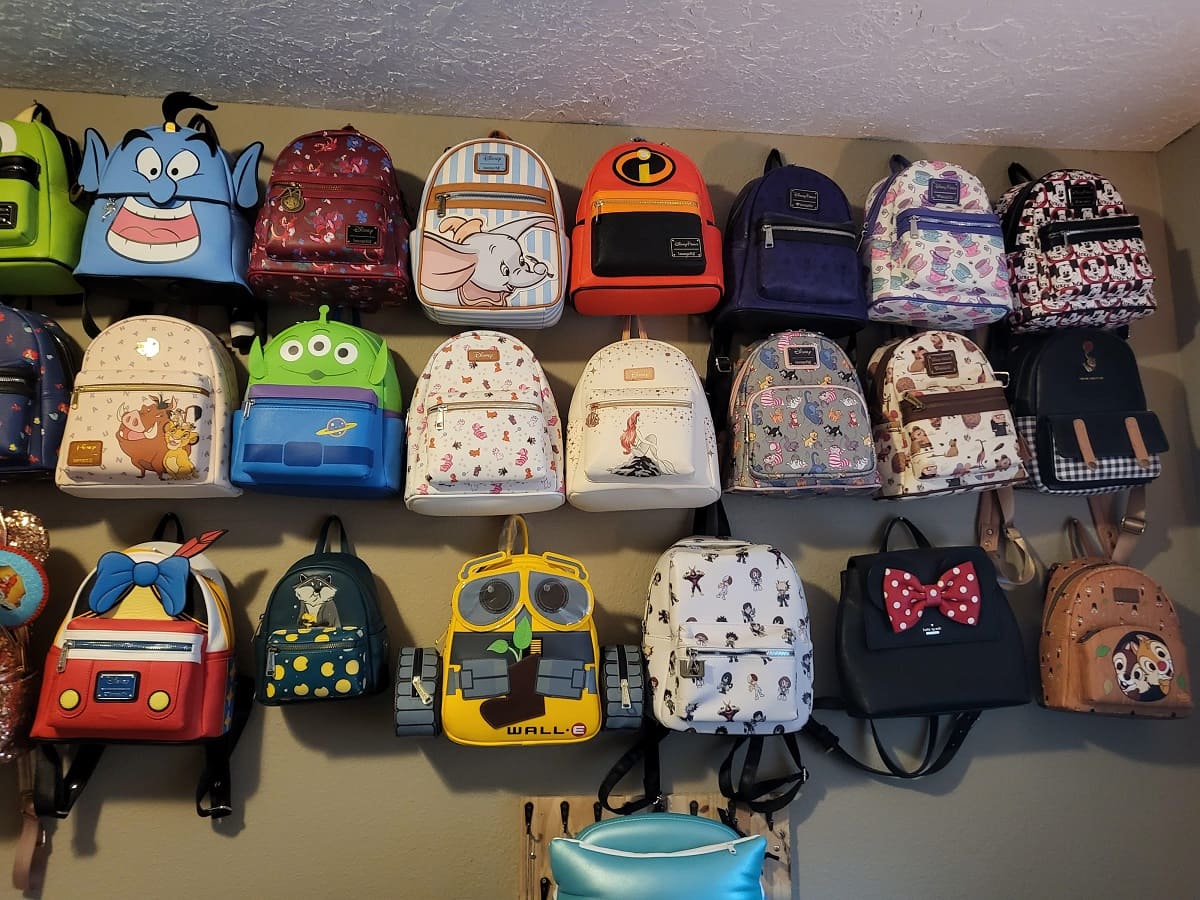
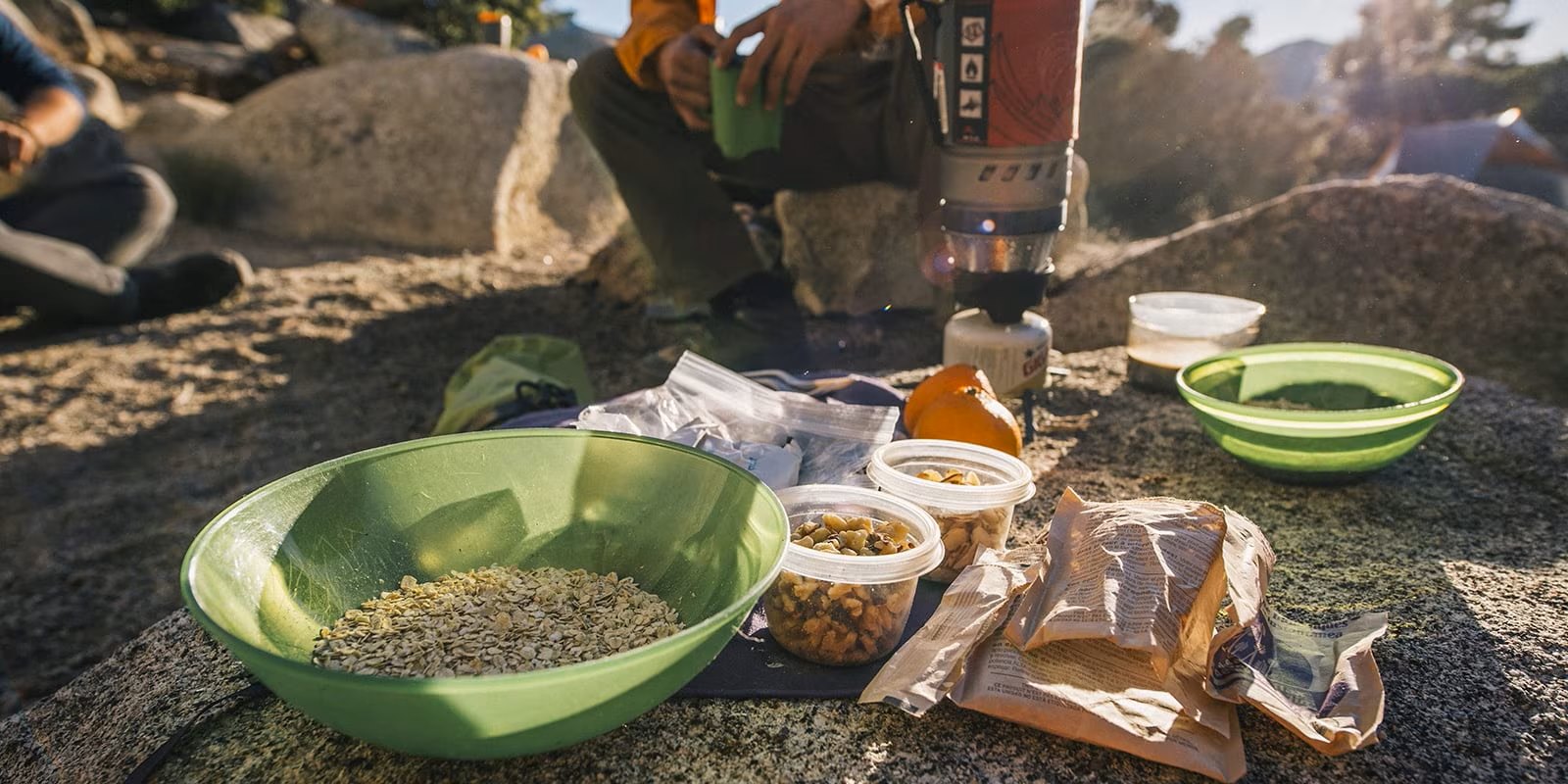
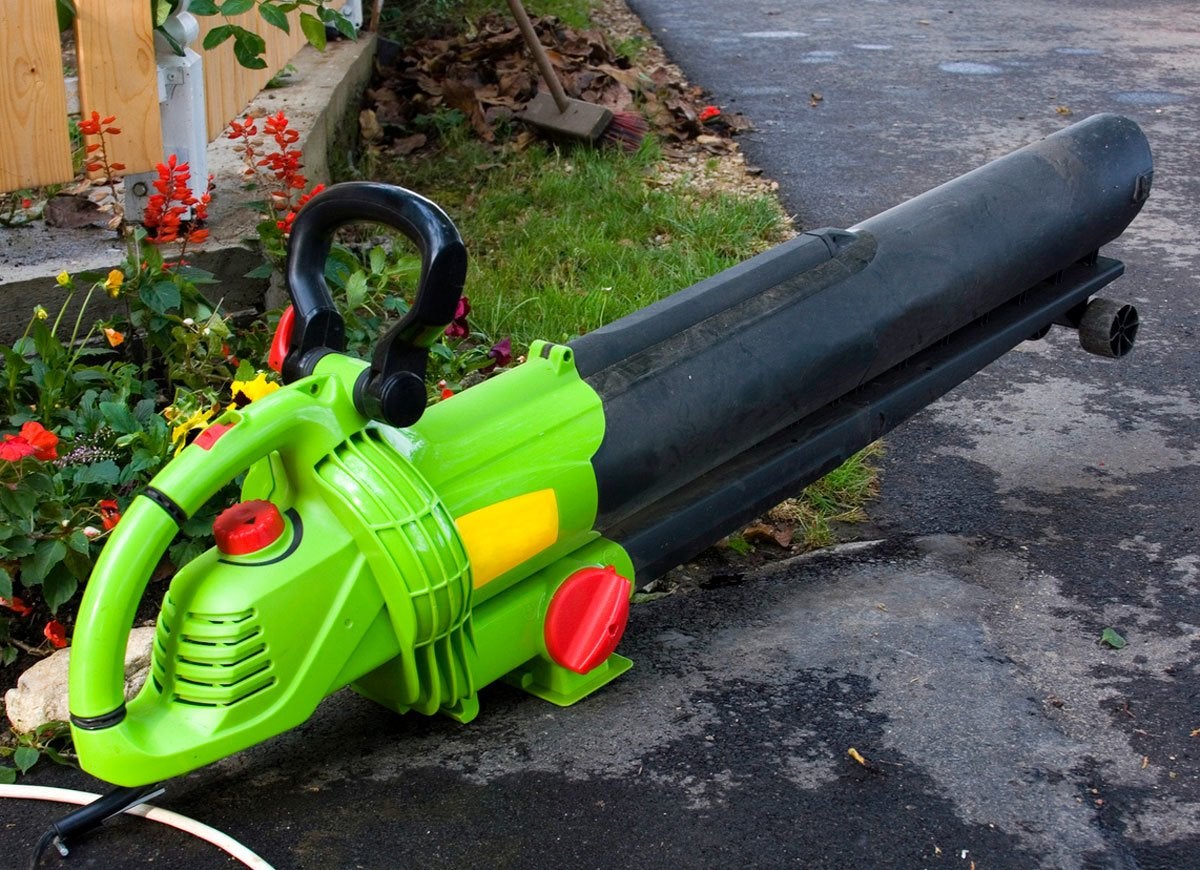
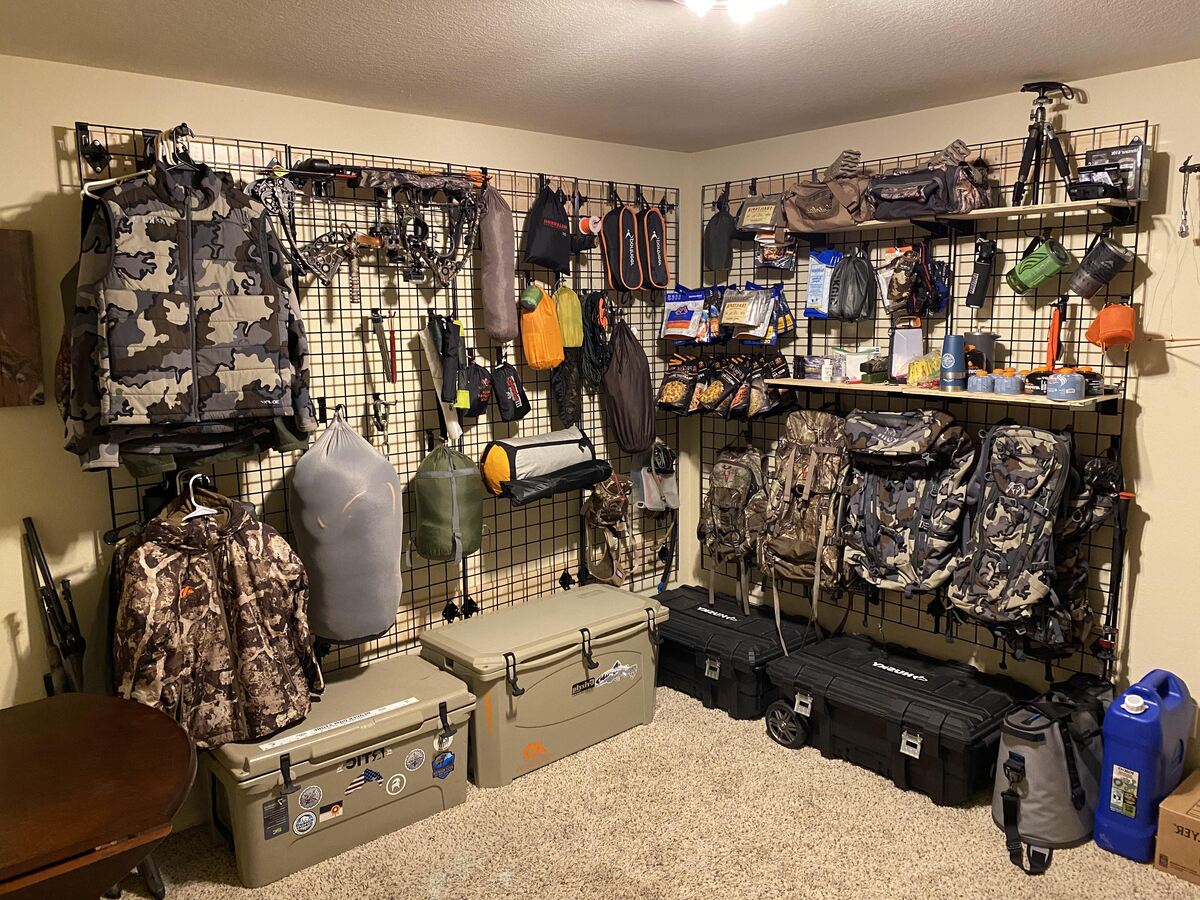
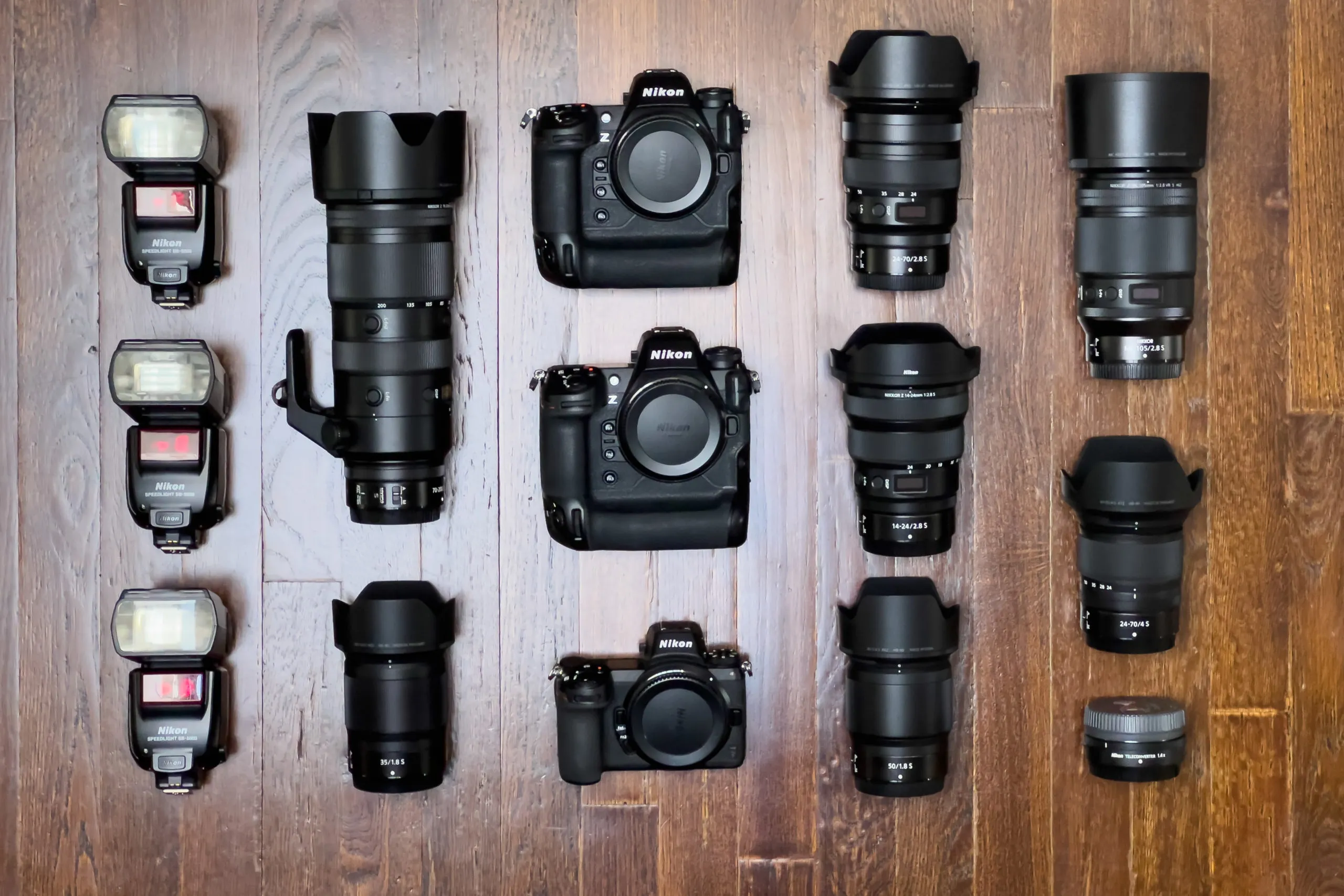
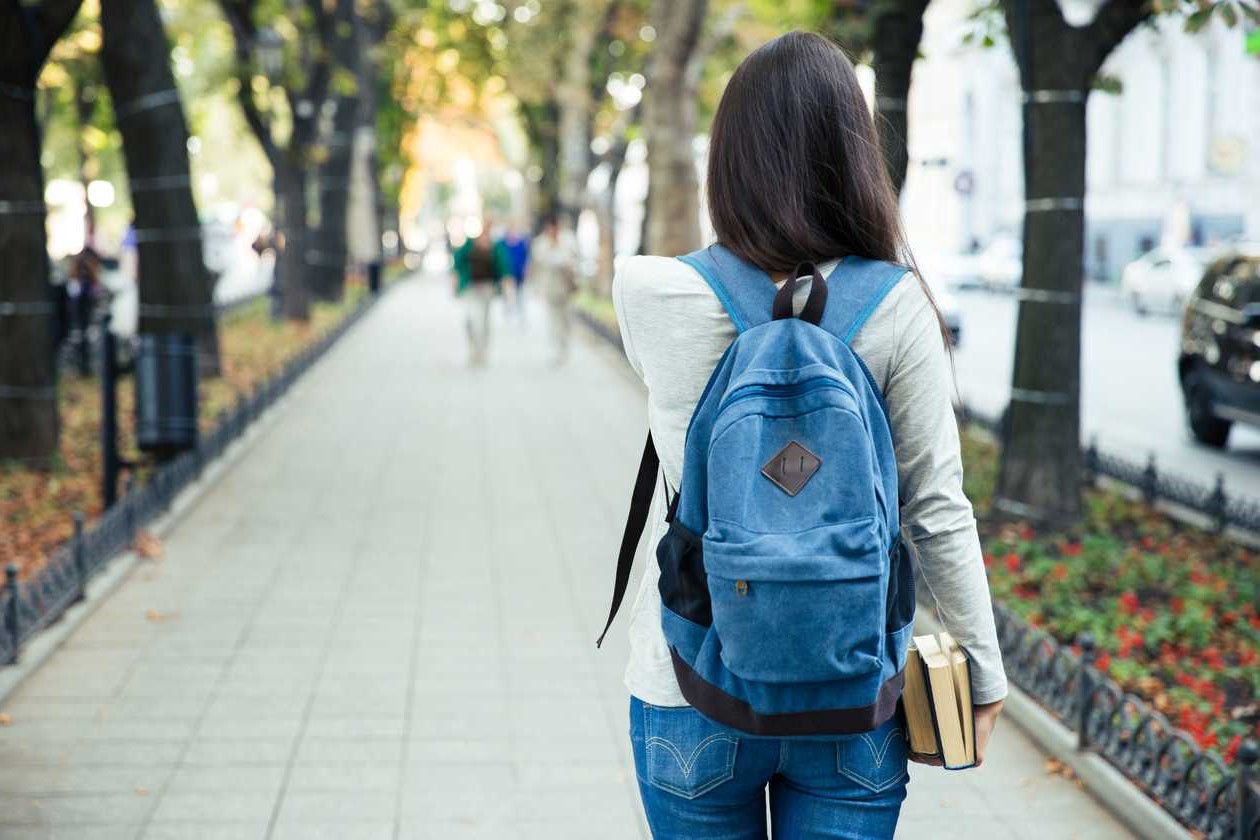
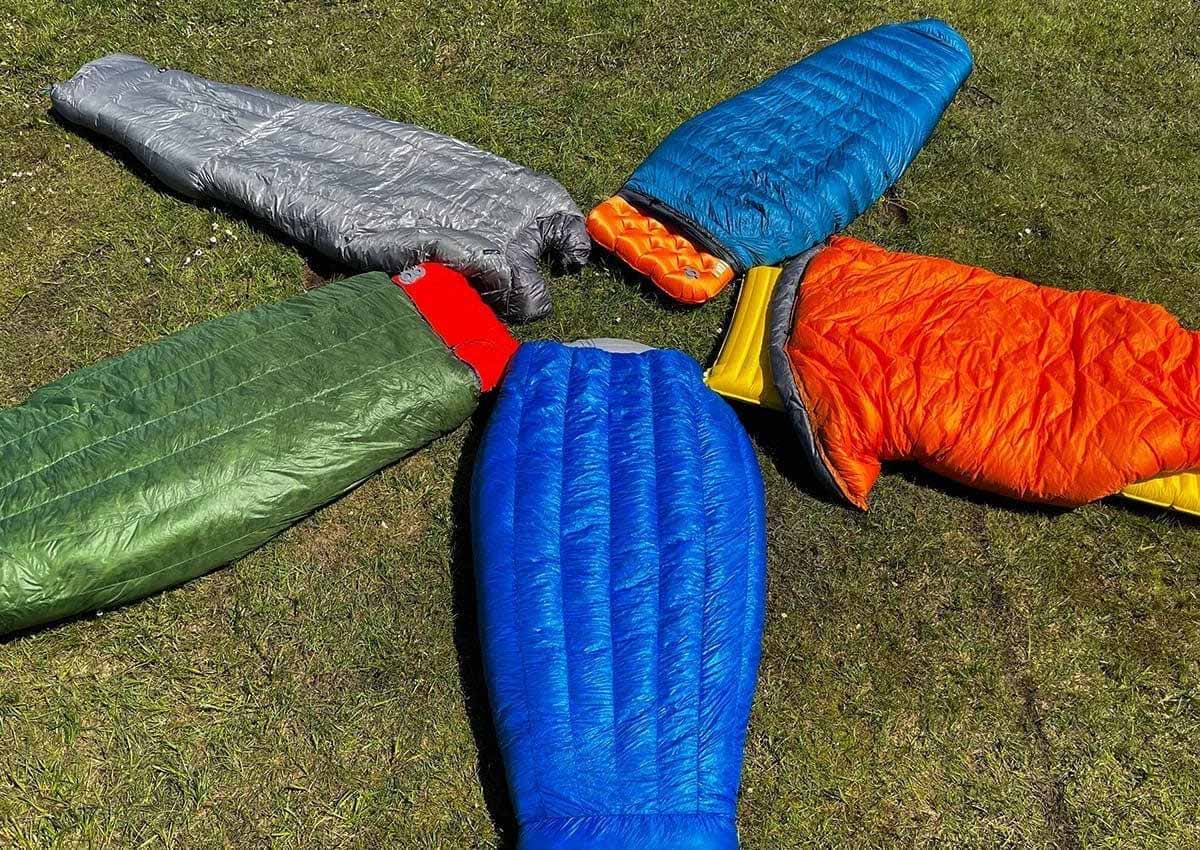

0 thoughts on “How To Store Backpacking Gear”